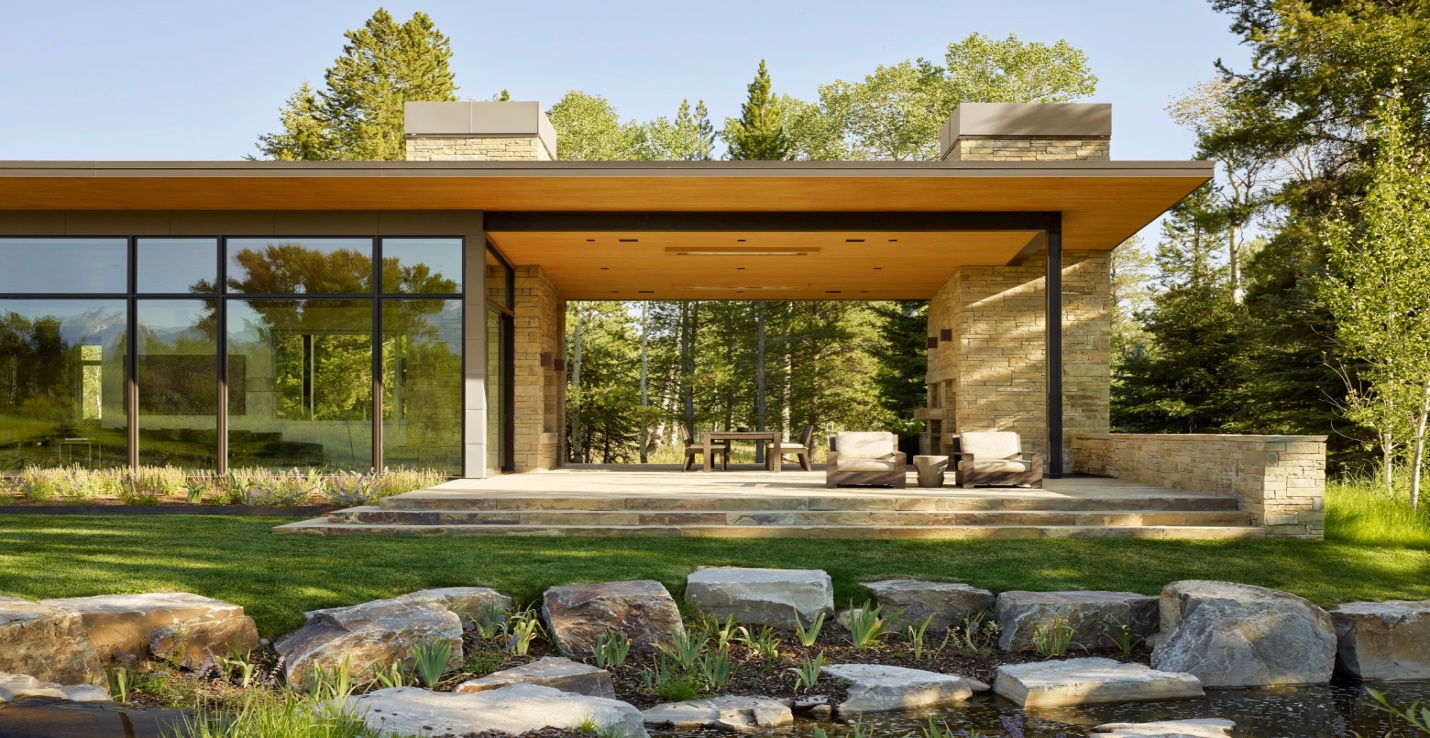The Influence of Nature on Jackson Hole’s Architectural Aesthetics
Jackson Hole, Wyoming is renowned for its stunning natural beauty, with the majestic Teton Mountains towering over the valley and the Snake River winding its way through the rugged landscape. This breathtaking setting has had a profound influence on the architectural aesthetics of the region, shaping the design of homes, hotels, and other buildings in Jackson Hole.
One of the key elements of jackson hole architects aesthetics is the use of natural materials. Local architects and designers often incorporate materials such as wood, stone, and metal into their designs, reflecting the rugged beauty of the surrounding landscape. These materials not only blend seamlessly with the natural environment but also age gracefully, developing a patina that adds to the character of the building over time.
In addition to using natural materials, Jackson Hole’s architecture also often features large windows and open floor plans that allow for unobstructed views of the surrounding scenery. Floor-to-ceiling windows, expansive decks, and outdoor living spaces are common features in many homes in the area, allowing residents and visitors to connect with nature and take full advantage of the stunning views.
![]()
The architectural styles found in Jackson Hole are diverse, ranging from rustic log cabins to modern mountain retreats. However, regardless of the style, the common thread that ties these buildings together is their harmonious relationship with the natural environment. Whether it’s a cozy cabin nestled in the woods or a sleek contemporary home perched on a hillside, each building in Jackson Hole is designed to complement and enhance the beauty of its surroundings.
Another key aspect of Jackson Hole’s architectural aesthetics is the emphasis on sustainability and environmental stewardship. Many architects and builders in the region prioritize energy-efficient design, green building practices, and the use of locally sourced materials to minimize the impact on the environment. By integrating sustainable practices into their designs, they are not only preserving the natural beauty of Jackson Hole but also ensuring that future generations can continue to enjoy it.
In conclusion, the influence of nature on Jackson Hole’s architectural aesthetics is undeniable. From the use of natural materials and expansive windows to sustainable design practices, the buildings in this region are a reflection of the breathtaking landscape that surrounds them. By embracing the beauty of the natural world and incorporating it into their designs, architects and builders in Jackson Hole have created a unique and timeless architectural style that celebrates the harmony between man and nature.



